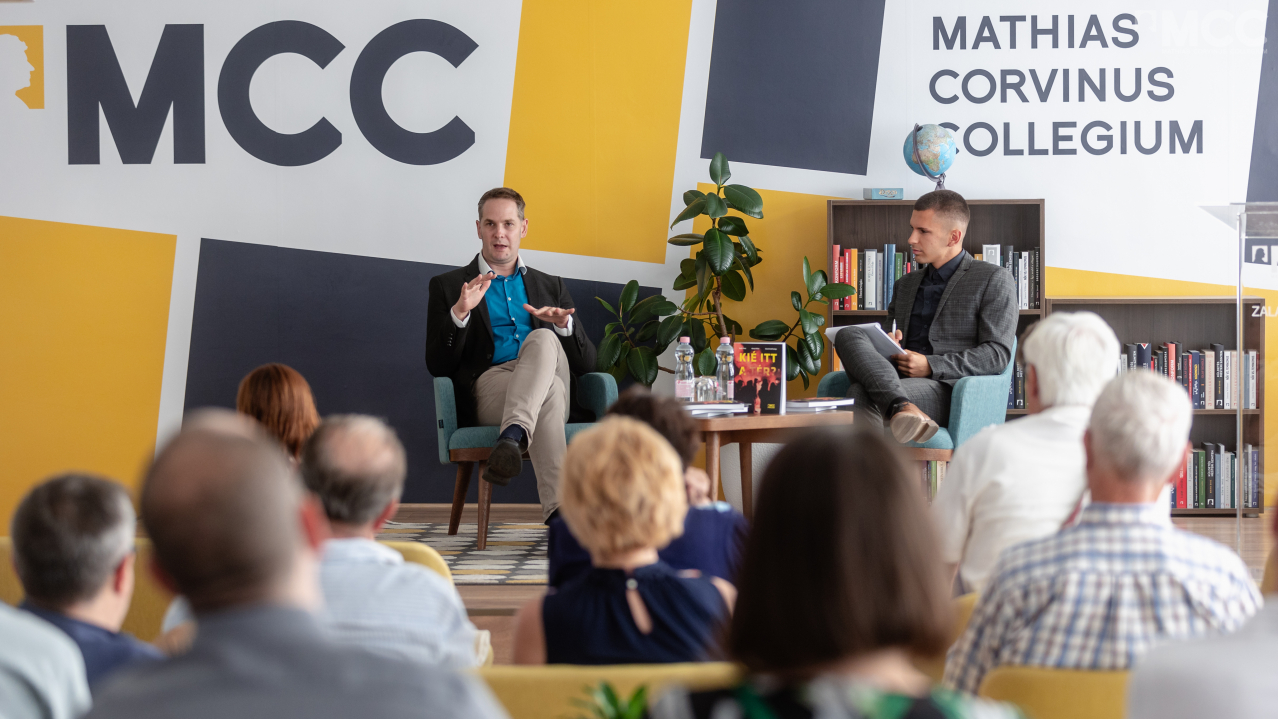Reading time: 2 minutes
The existence of parallel societies in Western European cities is a growing problem, said the head of the Migration Research Institute at a recent event in Zalaegerszeg.
At the launch of the book "Who owns the space?", Viktor Marsai pointed out that migration has resulted in people from outside Europe living in cities who have no experience of functioning statehood. They come from segmented societies where the preservation of minority ethnic and religious identities has been a key to survival for centuries. In these "no-go zones", the population of immigrant backgrounds is concentrated, the rules are completely different in these districts, and in many cases the authorities follow different protocols. Employment opportunities are limited for a number of reasons, but some people prefer to rely on benefits provided by the state. This leads to a disconnection from the majority society and the consequences (sense of minority, crime).
Both the book and the discussion in Zalaegerszeg looked at the parallels and differences between migration in Europe and the United States. The expert explained, for example, that illegal immigrants are no longer coming to the United States only from Mexico, but also from other countries in Latin America and from 170 countries around the world. Today, the US southern border receives as many migrants from outside the Americas as the entire EU external border.
Dr Marsai also highlighted successful examples of action against ghettoisation. In Denmark, for example, immigrants are dispersed for integration and those who fail to integrate are deported.




